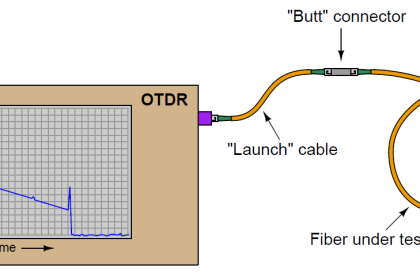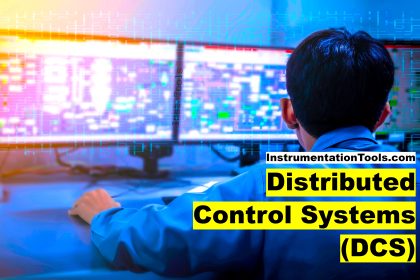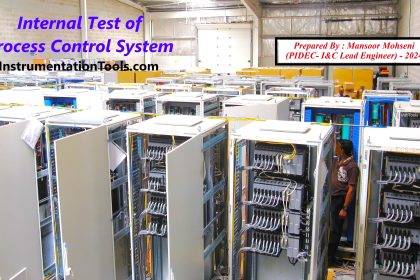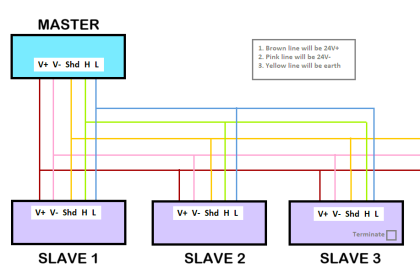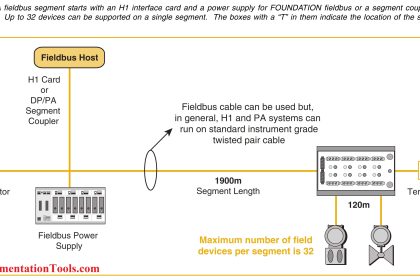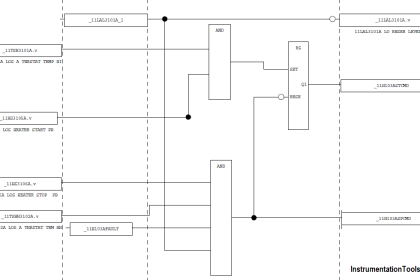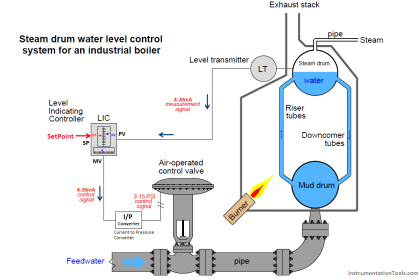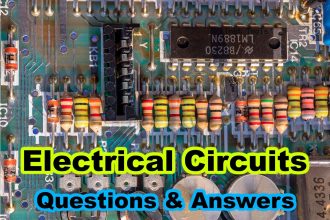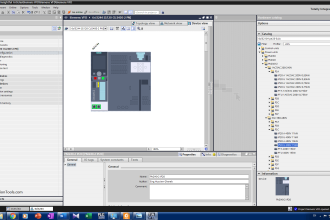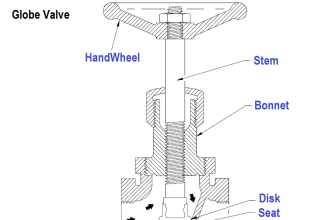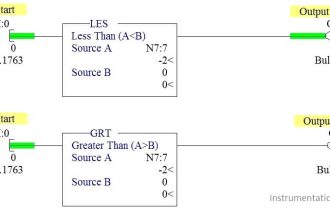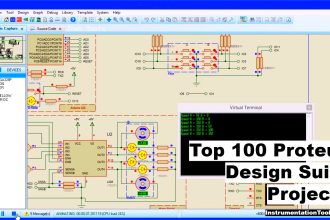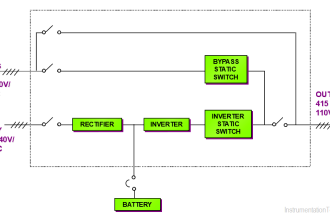In networking, switches play a very important role. Because of the large amount of data communication happening between devices nowadays, network switches have always played a role even before too. And as we know, network communication happens on the basis of OSI layer architecture.
So, understanding OSI layers is an important study required for determining which type of network switch to use. Two of the most widely used network switches are layer-2 and layer-3 switches. In this post, we will learn the difference between layer-2 and layer-3 network switches.
What is a Network Switch?
First of all, before jumping into the topic, let us first understand what a network switch is. Suppose there are two Ethernet devices. Each of the devices has it’s local communication port, and they want to communicate with each other through Ethernet. Just connect a cable directly between the two local ports, and they will start communicating.
But suppose, there are four devices in the network that want to communicate with each other. Now, a device cannot have four local ports in it. And suppose if it has too, then how complicated will you create a network by just directly connecting between devices and making so many loops. For that scenario, a device called a network switch is used.
A network switch has many Ethernet ports on it. So suppose four devices want to communicate, then just connect a single cable from each device to this switch. This means, the switch will have four of its ports occupied through this. Due to this configuration, all the four devices can communicate with each other.
Otherwise, networking would have not been possible. So, a network switch is a device which is used to establish networks between devices by acting as an interface between them.

What is the Layer-2 switch?
Now that we have understood what a network switch is, let us come to our topic now. A network is established based on OSI layer architecture. It consists of seven layers starting in ascending order – physical, data link, network, transport, session, presentation, and application.
Each layer has its own function. Now, a layer-2 switch is the one that operates in layer no.2 (data link). In the data link layer, the MAC address of the device is defined. When a device wants to communicate, it will pass the destination MAC address to the layer-2 switch. The switch will browse the network for the destination address and send the data to it.
However, a layer-2 switch cannot communicate with devices of different IP address ranges. This means, that suppose a device has an IP address of 192.168.1.23 and the other has 192.168.2.45. Both are not in their range and have their corresponding subnets.
This means the first device can only communicate with a device having an address from 192.168.1.1 – 255 and the second device can only communicate with a device having an address from 192.168.2.1 – 255. So, a layer-2 switch can establish networks based on the same IP address and identify devices by MAC addresses.
What is the Layer-3 switch?
A layer-3 switch is the one that operates in layer no.3 (network). In the network layer, the IP address of the device is defined. When a device wants to communicate, it will pass the destination IP address to the layer-3 switch. The switch will browse the network for the destination address and send the data to it.
This definition shows that the switch can even send data to a device of different IP address range. S, the example discussed above can work in this switch. To do this, you have to define the DNS address in the device and switch. A DNS address will interlink various networks easily. Apart from DNS, it can also interlink different gateway range devices.
Difference between Layer-2 and Layer-3 Network Switches
- The layer-2 switch is cheaper than the layer-3 switch. So, small and medium-sized applications prefer layer-2 switches, and complex networks that require vast amounts of interlinking between various devices use layer-3 switches.
- The configuration of layer-2 switch is easier than layer-3 switch.
- Layer-3 switches have advanced security features in it as compared to layer-2 switches.
- Layer-2 switch works on MAC address, and layer-3 switch works on IP address.
- The speed of a layer-2 switch is faster than a layer-3 switch.
If you liked this article, then please subscribe to our YouTube Channel for Instrumentation, Electrical, PLC, and SCADA video tutorials.
You can also follow us on Facebook and Twitter to receive daily updates.
Read Next:
- Cyclic and Acyclic Communication
- What is Open Systems Interconnection?
- Network Topologies Selection Factors
- Data Handling Instructions in PLC Programming
- Difference between TCP/IP Model and OSI Model
